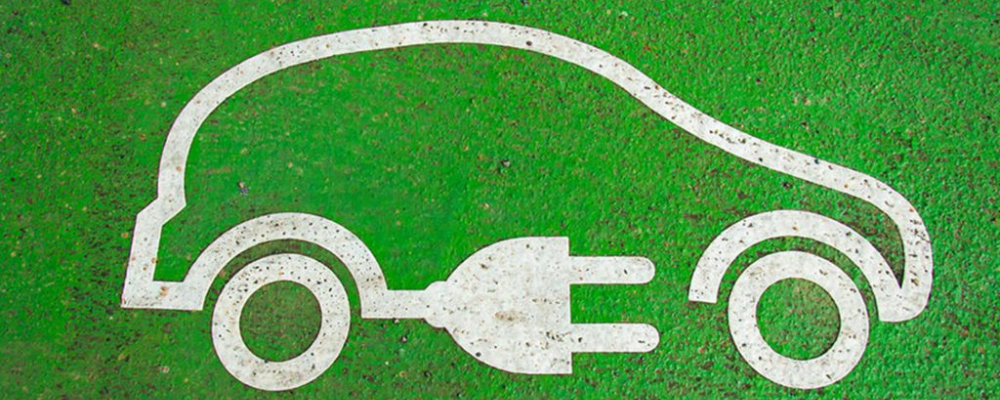What is the Electric Vehicle Charger Reliability and Accessibility Accelerator?

On September 13, 2023, the Biden-Harris administration announced a $100 million program to help US states and government agencies repair and upgrade level 2 alternating current (AC) chargers and direct current (DC) fast chargers. Here’s what the program is all about and how you can apply for federal funding.
What is the Electric Vehicle Charger Reliability and Accessibility Accelerator (EVCRAA)?
The EVCRAA is part of the National Electric Vehicle Infrastructure (NEVI) program, a $5 billion infrastructure program in the US to build a coast-to-coast EV charging network. The EVCRAA is a $100 million program that focuses on repairing or replacing broken or non-operational EV chargers to improve the reliability of existing EV charging infrastructure.
According to the US Department of Transportation, approximately 5,700 level 2 AC charging ports and 550 DC fast charging ports were listed as “temporarily unavailable” in the US as of September 11, 2023.
“We know that people expect public EV chargers to work the first time, every time,” said Joint Office of Energy and Transportation Executive Director Gabe Klein. “That’s why we have a multi-pronged approach to create a seamless charging experience by building a capable workforce, tracking reliability metrics, and convening industry to ensure they can meet the performance standards for federally funded chargers set earlier this year.”
Who can apply for the funds?
State departments of transportation and local governments are eligible to apply for EVCRAA funding. States and localities can then work with manufacturers like Tritium, and maintenance providers to repair or replace non-operational chargers. Based on initial estimates of eligible chargers and the funding available, the US Department of Transportation anticipates that all eligible projects will likely be awarded under this program.
What is classified as an eligible project?
Projects must support repair or replacement of existing broken or non-operational publicly accessible level 2 AC chargers or DC fast chargers, as of October 11, 2023. States may apply for funding to repair or replace chargers identified as temporarily unavailable in the US as of September 11, 2023 by the US Department of Transportation. A full list of inoperable chargers by state can be found here. Chargers can be repaired, or replaced with upgraded equipment and must be operational within 12 months.
Chargers need to be NEVI and Buy America compliant; Tritium has chargers available now that meet these requirements with the short lead times necessary to meet operational conditions within 12 months.
States and government agencies may consider replacing broken level 2 AC chargers along designated Alternative Fuel Corridors with DC fast chargers using EVCRAA funds. Applicants are encouraged to include multiple locations to streamline the application process and review.
How much will the EVCRAA cover?
The federal government will cover up to 80 percent of the total cost of the repair/replacement project. Awardees must provide at least 20 percent of the total cost of the project as a matching share in cash or in-kind services.
How do you apply for EVCRAA funds?
States and government entities can apply for EVCRAA funds through the US grants website here. The deadline for applications is November 13, 2023.
Tritium DC Fast Chargers
The Tritium RTM75 (50-75kW) standalone DC fast charger is a compact, all-in-one charger for tight spaces like parking structures, retail environments, distribution centers, or warehouses. It’s designed to be easily maintained in the field thanks to its modular design and construction.
The Tritium PKM150 (100-150kW) distributed DC fast charging system is designed for highway rest stops, fuel centers, convenience centers, commercial depots and distribution centers, or anywhere passenger or commercial EVs need fast charging. The PKM150 makes the most of available grid power, dynamically distributing electricity to EVs based on their needs. That means greater efficiency, so you can charge more vehicles with less equipment and less-than-optimal power feeds. One PKM system with four chargers can charge eight EVs. The PKM150 is also designed to be easily maintained and repaired in the field thanks to its modular design and construction. Tritium customers report impressive uptime with their PKM150 chargers.
Tritium’s PKM150 NEVI system and RTM75 charger meet requirements of the National Electric Vehicle Infrastructure (NEVI) program and is assembled in our Tennessee facility.
To learn more about Tritium’s NEVI charging system, contact an expert today.